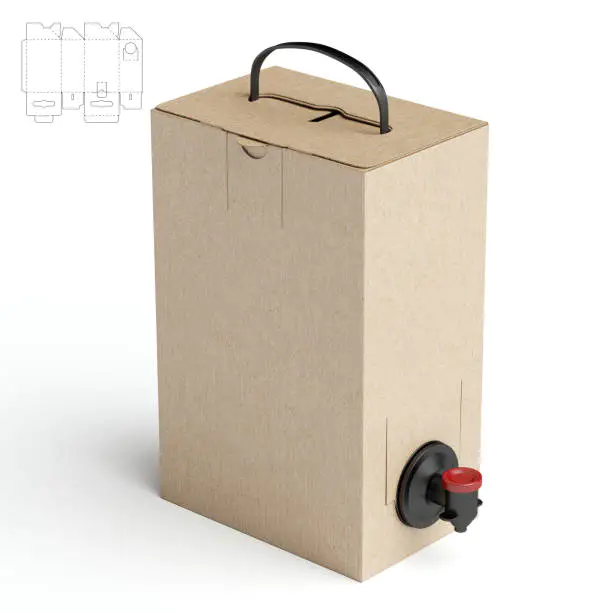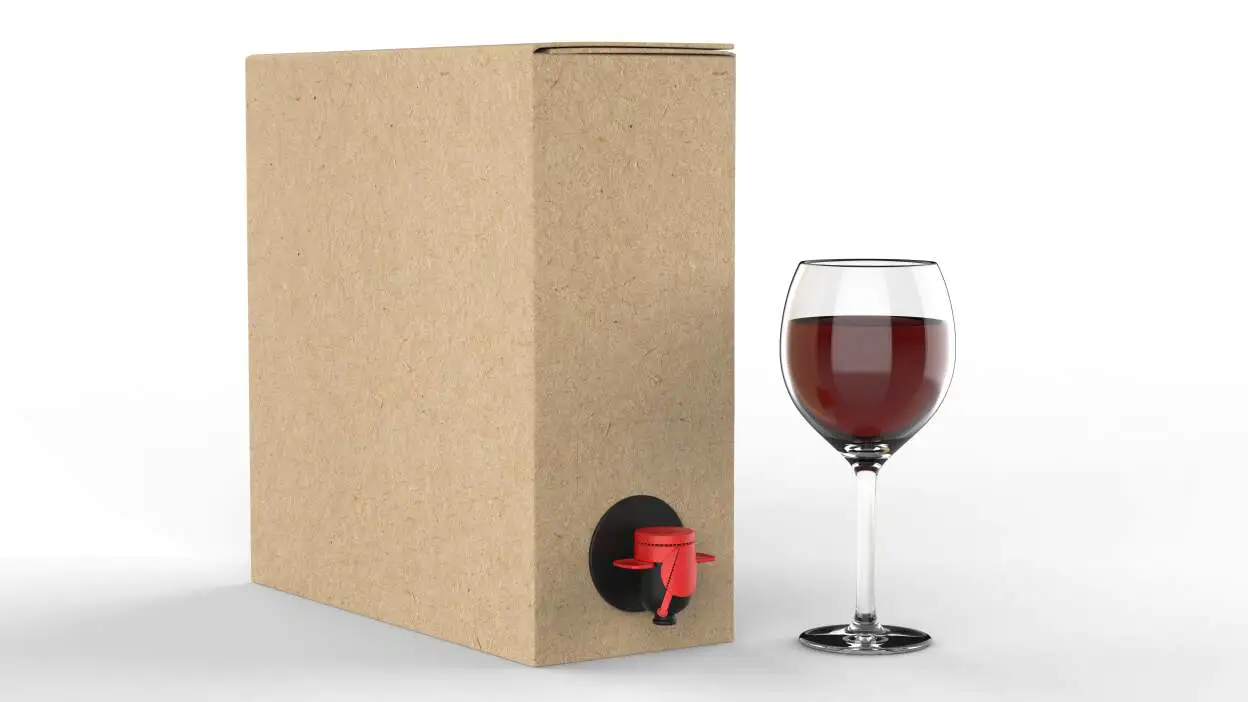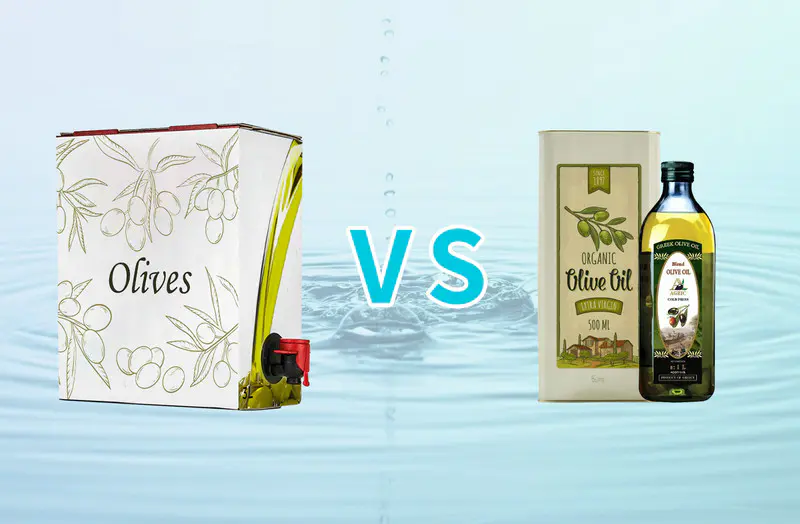In the past, the remains of the wine that was not utilized for bottling, or the wine of worse quality, was sold at a cheaper price in different types of packaging such cartons. That is probably why there’s still some stigma around different types of packaging than bottling.
A stigma that is long overcome in Australia and New Zealand, and Nordics.
Things have change significantly. The sound advance in technologies, the obvious improvement of the quality of Spanish wines, in all our appellations, and the increasing concern for sustainable alternatives which demand different packaging, is making the “bag-in-box” (BiB from now on), - also known as “box wine” - the star of the show. The BiB consists of a polyethylene bag with a tap, that is inside a cardboard box, and can be found in different sizes (from 1,5 up to 20L)
Nowadays it is possible to find amazing young wines, very fresh.
What are the advantages of the BiB?
- It preserves the wine in perfect conditions: well, this is undoubtedly the most important issue for wine lovers. This is because the wine is fully protected, no light coming in. The combination of the tap system, with a contracting bag, makes it impossible for the oxygen to get in. The aftermath is that the wine in a BiB can be consumed in optimal conditions, with all its properties intact (colour, aromas, flavours) weeks after it was opened.
- Easy to transport and store. BiBs are normally box shaped (although there are interesting and imaginative variations), meaning that they fit perfectly well taking all the space of the outer cases. At home this is also useful, as it fits effortlestly in any fridge. BiBs are way lighter than bottles, and strong and robust, thus, the possibilities of breakage are minimal.
- Versatile and cheaper: BiB can be found in different formats, to cater for different types of customers. From 1,5L to 5L for consumption at home, up to 20L for Horeca. This means there are scale efficiencies in the production and packing lines, which translate to the final consumer price. Without altering the quality of the wine inside, of course! Be sure that for any brand, the quality of the wine in the bottle is exactly the same than the one in the BiB.
- Sustainability: lighter, easier to transport, economies of scale and efficiencies in the production line… all these things combined translate in a lower carbon footprint for wine in BiB compared to the bottles. Moreover, the outer box and the bag are fully recyclable, and easier to recycle than glass.
- Branding: from a purely Marketing perspective, the BiB allow the producers to differentiate and expose their brands in a more efficient and creative manner. The whole surface of the package can be used to display the brand, its values, making them very engaging and creative.
Truth be told, it may be the case that the BiB are not ideal for every wine nor for any occasion. For example, due to its characteristics, it is not possible to have proper aging in BiBs, meaning they are mostly adequate for young and fresh wines. They are undoubtedly the ideal format for picnics, parties and friend gatherings. However, if you want to impress your in-laws with your uncorking skills… you’d need to choose another option.

The wine industry is rooted in ancient traditions, and it is understandable there is some resistance to some techniques and packaging that are perceived to break the classic wine codes.
However, we shouldn’t ignore the latest developments, specially those that benefit all the participants in the industry, from producers to the end consumer.
The BiBs are already “in” in other coutries: Sweden is the biggest BiB importer of the world, and 60% of their wine sales are in this format. Followed by US, Norway, Slovakia and Germany. Even in France have given in to the BiBs, the sales in volume will reach up to 50% of the market share, according to Euromonitor.
In Australia and New Zealad, BiBs have been in the market for over 50 years.
So, what do you think? Have you ever tried wine from a BiB? Why don’t you?

 中文简体
中文简体 英语
英语 西班牙语
西班牙语 俄语
俄语 葡萄牙语
葡萄牙语 法语
法语 德语
德语 意大利语
意大利语























